 W
WIda Aalberg was the most notable and internationally known Finnish actress of her time.
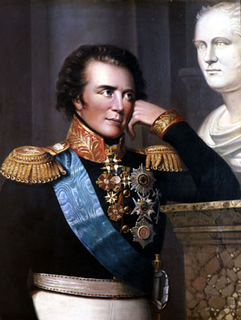 W
WCount Gustaf Mauritz Armfelt was a Finnish, Swedish and Russian courtier and diplomat. In Finland, he is considered one of the greatest Finnish statesmen. His advice to Russia's Tsar Alexander I was of utmost importance for securing the autonomy of the Grand Duchy of Finland.
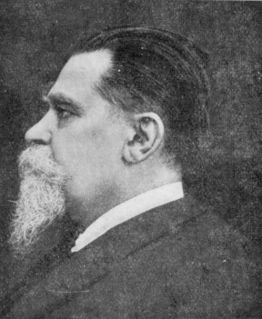 W
WKaarlo Bergbom was a Finnish theatre director. He was the founder of the Finnish National Theatre, the first Finnish language theatre company. Though he wrote very little as a playwright, he was responsible for introducing a number of important Finnish dramatists, particularly Minna Canth, and Finnish translations of William Shakespeare and other foreign writers. Bergbom also founded the magazine Kirjallinen Kuukausilehti.
 W
WEdvard Bergenheim, previously Bergenhem was the Archbishop of Turku and the spiritual head of the Evangelical Lutheran Church of Finland between 1850 and 1884.
 W
WMatthias Alexander Castrén was a Finnish Swedish ethnologist and philologist who was a pioneer in the study of the Uralic languages. He was an educator, author and linguist at the University of Helsinki. Castrén is best known for his research in the linguistics and ethnography of the Finno-Ugric and Samoyedic peoples.
 W
WAlbert Gustaf Aristides Edelfelt was a Finnish painter noted for his naturalistic style and Realist approach to art. He lived in the Grand Duchy of Finland and made Finnish culture visible abroad, before Finland gained full independence.
 W
WAnna Christina Charlotta Edelheim, was a Finnish journalist. She is considered to be the first female journalist in Finland.
 W
WLovisa Adelaïde Ehrnrooth was a Finnish feminist and writer. Adelaïde Ehrnrooth was born in Nastola, one of the 16 children of an aristocratic family. She was born to Gustaf Adolf Ehrnrooth, a hero of the Finnish War. John Casimir Ehrnrooth was her brother. Adelaïde Ehrnrooth never married, and dedicated her life to helping the women and the poor.
 W
WAlina Frasa (1834–1899) was a Finnish ballerina. She is regarded as the first ballerina in Finland.
 W
WJohan Hampus Furuhjelm, was a Finnish-Russian vice-admiral and explorer, commander of the Russian Baltic Fleet, Governor of the Russian Far East, Taganrog and Russian America.
 W
WKarl Harald Felix Furuhjelm, was a Governor of the Siberian specific department, in Nakhodka.
 W
WOtto Wilhelmsson Furuhjelm was a Russian lieutenant-general of Finnish descent.
 W
WJohan Gadolin was a Finnish chemist, physicist and mineralogist. Gadolin discovered a "new earth" containing the first rare-earth compound yttrium, which was later determined to be a chemical element. He is also considered the founder of Finnish chemistry research, as the second holder of the Chair of Chemistry at the Royal Academy of Turku. Gadolin was ennobled for his achievements and awarded the Order of Saint Vladimir and the Order of Saint Anna.
 W
WAlexandra Gripenberg, also known as Alexandra van Grippenberg, was a Finnish social activist, author, editor, newspaper publisher, and elected politician, and was a leading voice within the movement for women's rights in Finland at the turn of the 20th century. She was also known as a Fennoman.
 W
WLars Gabriel von Haartman was a Swedish-speaking Finnish politician. Along with Count Gustaf Mauritz Armfelt, he was one of the most prominent politicians who were in favour of developing Finland as part of the Russian Empire instead of striving towards independence.
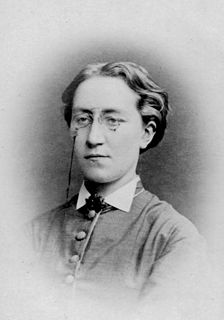 W
WEmma Rosina Heikel was a Finnish medical doctor and feminist. In 1878, she became the first female physician in Finland, and specialised in gynaecology and paediatrics.
 W
WValde Hirvikanta was a conservative Finnish politician of the Finnish Party. He was briefly the procurator of Finland in 1905 and the president of Turku Court of Appeal in 1911. He belonged to the nobility.
 W
WGustafva Sofia Hjärne, was a Finnish baroness, writer and salon holder.
 W
WKarl Emil Ferdinand Ignatius was a Finnish historian, the head of the Main Office of Statistics and a Senator.
 W
WElisabeth Järnefelt was a Finnish salonist, known as "the mother of Finnish art and culture".
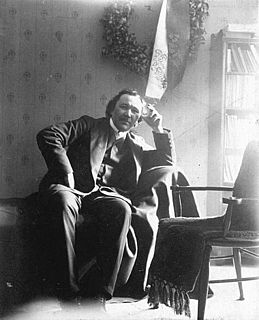 W
WEino Leino was a Finnish poet and journalist who is considered one of the pioneers of Finnish poetry. His poems combine modern and Finnish folk elements. Much of his work is in the style of the Kalevala and folk songs in general. Nature, love, and despair are frequent themes in Leino's work. He is beloved and widely read in Finland today.
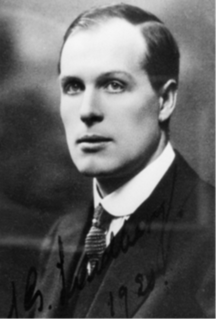 W
WJohn Gustaf Lindberg was a Finnish ophthalmologist who was the first to describe exfoliation syndrome, an age-related degenerative disease of the eye that often complicates glaucoma and cataract surgery, in his doctoral thesis that he wrote in St. Petersburg and defended in March 1917 in Helsinki, Finland, at that time a Grand Duchy in the Russian Empire.
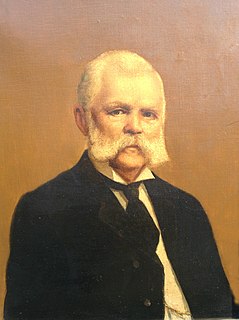 W
WOtto Wilhelm Lindholm was a Finnish businessman and whaleman who served under the Russian flag.
 W
WCharlotta Maria Lönnqvist was a Finnish cultural personality. She is mainly known as the benefactor of Aleksis Kivi who lived in her cottage in 1864-1871. She was also a known wolfer, who was awarded a prize by the Finnish Hunting Association for her skills.
 W
WHelga Amélie Lundahl was a Finnish painter.
 W
WCount Carl Gustaf Mannerheim was a Finnish entomologist and governor of the Viipuri province in the Grand Duchy of Finland.
 W
WBaroness Eva Charlotta Lovisa Sofia (Sophie) Mannerheim was a famous nurse known as pioneer of modern nursing in Finland. She was daughter of count Carl Robert Mannerheim and sister of a former Finnish President, marshal Carl Gustaf Emil Mannerheim. Her career started as a bank employee for 6 years until she married in 1896. After her divorce in 1902 she was trained in nursing at the Nightingale School at St Thomas' Hospital in London. Returning home she was appointed as head nurse of Helsinki Surgical Hospital and later elected President of the Finnish Nurses' Association, a position she had for 24 years. As a result of her international involvement she was also elected President of the International Council of Nurses (ICN). Sophie Mannerheim was, together with Dr Arvo Ylppö, founder of the Children's Castle (Lastenlinna) hospital in Helsinki as well as the Mannerheim League for Child Welfare.
 W
WErik Gabriel Melartin was the Archbishop of Turku, and the spiritual head of the Evangelical Lutheran Church of Finland from 1833 till 1847.
 W
WAgathon Meurman was a Finnish politician and journalist. He was one of the key persons of the Fennoman movement and since 1863 the leader of the Finnish Party together with Yrjö Sakari Yrjö-Koskinen.
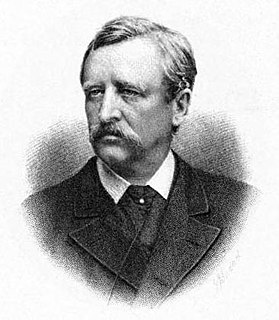 W
WNils Adolf Erik Nordenskiöld was a Finland-Swedish aristocrat, geologist, mineralogist and Arctic explorer. He was a member of the prominent Finland-Swedish Nordenskiöld family of scientists and held the title of a friherre (baron).
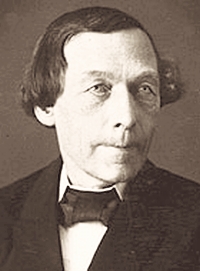 W
WWilliam (Wilhem) Nylander was a Finnish botanist and entomologist. Nylander was born in Oulu, and taught at the University of Helsinki before moving to Paris, where he lived until his death in 1899.
 W
WCount Robert Henrik Rehbinder served as the Secretary of State for the Grand Duchy of Finland between 1811 and 1841. One of the highest officials in the Grand Duchy, he played a significant part in establishing the autonomous role of Finland at the Diet of Porvoo in 1809.
 W
WMathilda Wilhelmina Rotkirch was a Finnish painter. She is often referred to as the first female artist in Finland. She principally made portrait paintings.
 W
WLennart Rafael Segerstråle was a Swedish-speaking Finnish painter and graphic artist. He was best known for his murals and frescoes.
 W
WJuhani Siljo was a Finnish poet and translator.
 W
WAlexandra Smirnoff was a Finnish scientist, pomologist and writer. Her research had great influence in contemporary pomology in particularly Finland and Sweden.
 W
WJohan Vilhelm Snellman was an influential Fennoman philosopher and Finnish statesman, ennobled in 1866. He was one of the most important 'awakeners' or promoters of Finnish nationalism, alongside Elias Lönnrot and J. L. Runeberg.
 W
WCount Georg Magnus Sprengtporten, was a Finland-Swedish politician, younger brother of Jacob Magnus Sprengtporten. As he defected to Russia, he went down Swedish history as a traitor.
 W
WPehr Evind Svinhufvud af Qvalstad was the third President of Finland from 1931 to 1937. Serving as a lawyer, judge, and politician in the Russian Grand Duchy of Finland, he played a major role in the movement for Finnish independence. In 1917–1918, Svinhufvud was the first Head of State of independent Finland, first as Chairman of the Senate and subsequently as Protector of State or Regent. He also served as Prime Minister from 1930 to 1931.
 W
WMaria Tschetschulin (1852–1917), was a Finnish clerk. She was the first woman to attend university in Finland.
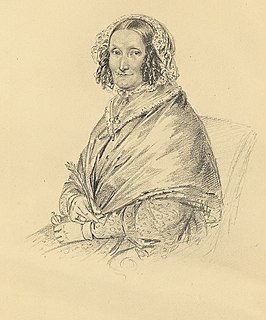 W
WSara Elizabeth Wacklin was a Swedish-speaking Finnish educator and writer. She was a pioneer in educating girls, and can be regarded as the first female university graduate in Finland. She can also be regarded as the first female writer in Finland.
 W
WBaron Yrjö Sakari Yrjö-Koskinen was a friherre, senator, professor, historian, politician and the chairman of the Finnish Party after Johan Vilhelm Snellman. He was a central figure in the fennoman movement. His original name was Georg Zakarias Forsman and his family from his father's side originated from Sweden. He later fennicized his name to Yrjö Sakari Yrjö-Koskinen.